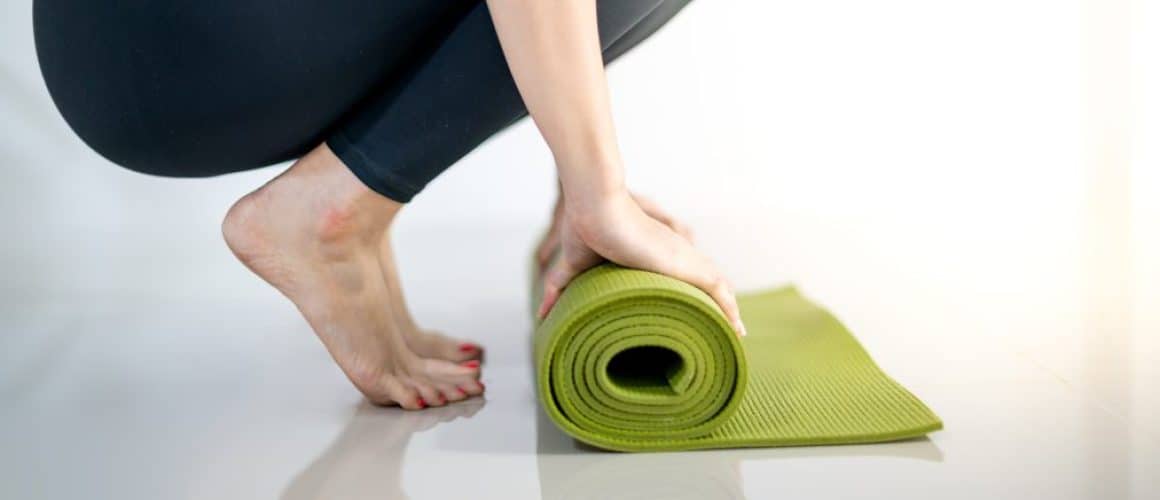The answer to the question “Do you know where your body is?” is not as simple as it may seem.
In fact, many people may have difficulty knowing the position, movement, and orientation of their body parts without relying on external cues.
This is known as proprioception and poor proprioception can lead to difficulties in movement and coordination, which can impact daily activities, sports performance, and even cause injury.
Signs of Poor Proprioception:
If you experience any of the following signs, you might be experiencing issues with proprioception:
You often trip, stumble, or bump into things, even on flat surfaces.
You have difficulty performing tasks that require balance and coordination, such as walking a straight line or standing on one foot.
You find it hard to judge distances and spatial relationships, such as how far away objects are from you.
You have trouble with fine motor skills, such as buttoning your shirt or tying your shoes.
You feel uncoordinated when playing sports or other physical activities.
You experience frequent joint pain or injuries, especially in your ankles, knees, or hips.
You have difficulty with basic movements, such as reaching for an object or getting up from a seated position.
What is Proprioception?
Proprioception is the sense of knowing the position, movement, and orientation of one’s own body parts without relying on external cues. It is essential for basic motor control, balance, and coordination. When proprioception is impaired, it can lead to difficulties in movement and coordination, which can impact daily activities, sports performance, and even cause injury.
Improving Proprioception with Pilates:
Pilates is a form of exercise that emphasizes core strength, flexibility, balance, and posture. It involves controlled, precise movements that require a high degree of body awareness and control. Pilates can be an effective way to improve proprioception for a number of reasons:
Pilates exercises focus on controlled, precise movements that require a high degree of body awareness and control. This can help to improve proprioception by training the brain and body to better sense and coordinate movements.
Pilates emphasizes proper alignment and posture, which can help to improve balance and stability. This can help to reduce the risk of falls and injuries, especially in older adults.
Pilates exercises are often performed on unstable surfaces, such as a balance ball or foam roller. This can challenge the body’s sense of balance and spatial awareness, helping to improve proprioception.
Pilates exercises can be modified to target specific areas of the body and address individual needs. This makes it a highly customizable form of exercise that can be
tailored to improve proprioception in people of all ages and fitness levels.
Poor proprioception can have a significant impact on daily activities, sports performance, and injury risk.
Pilates can be an effective way to improve proprioception and overall body awareness, which can help to improve balance, coordination, and movement control. If you experience any signs of poor proprioception, consider reaching out to our Taranaki based Pilates instructors or qualifies physical therapist for guidance.
How can I get Pilates support in New Plymouth, do you offer classes?
Contact us here at Physio@Carefirst to discuss booking a Pilates class.
As a note we have a few remaining spots available at our early bird Intermediate Pilates Classes (7.00AM Tuesdays at the Barclay Hall , 158 Tukapa Street, Westown, New Plymouth). Ample parking, spots are limited so be in quick. Click here (https://nzappts.gensolve.com/physioatcarefirst) to book your spot.
